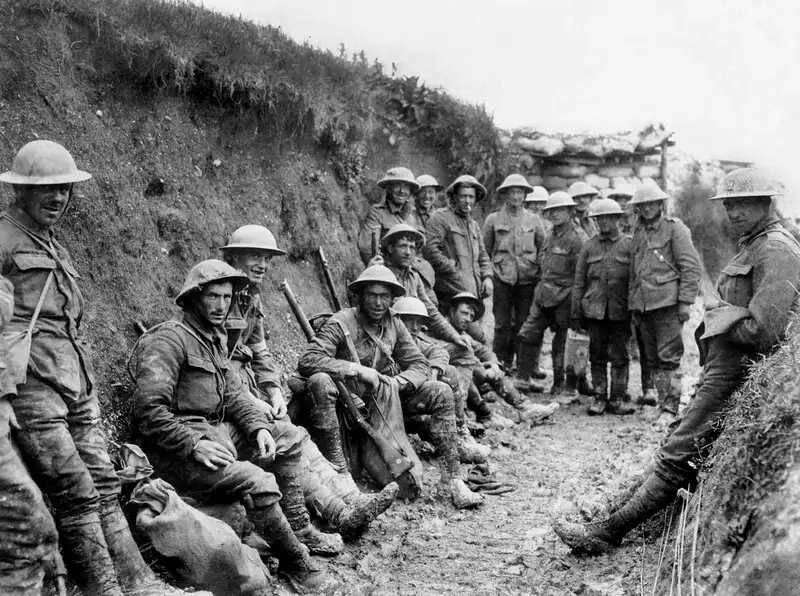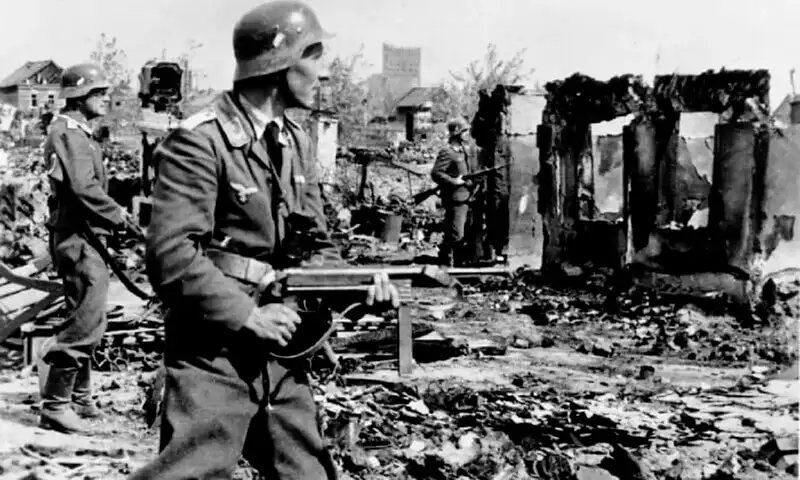The Russo-Japanese War (1904–1905) was a military conflict between the Russian Empire and the Empire of Japan. Most of the battles took place in what is now Northeast China. Beyond land engagements, it was also a fierce naval war, featuring artillery duels in the seas around the Korean Peninsula. This brutal conflict in the Western Pacific concluded with the Treaty of Portsmouth, which shifted the balance of power in Asia and laid the groundwork for the outbreak of World War I.
In this article, Pywar will explore with you the causes, key developments, and the profound impacts this war had on the global power balance, as well as its lasting influence on subsequent conflicts.
“World War Zero”
At the dawn of the 20th century, Russia was a major power with vast territories stretching across Eastern Europe and Central Asia, while Japan was regarded as the dominant force in Asia.
Consequently, the Russo-Japanese War captured global attention, and its consequences continued to reverberate even after the conflict ended in 1905.
Many scholars argue that this war set the stage for both World War I and World War II, as core issues from this initial conflict resurfaced in the later global wars. Some even refer to it as “World War Zero,” as it occurred less than a decade before the outbreak of World War I.
Causes of the Russo-Japanese War
In 1904, the Russian Empire, under Tsar Nicholas II, was one of the world’s largest territorial powers. However, with its Siberian port of Vladivostok often frozen during winter, Russia sought a warm-water port in the Pacific to support trade and serve as a base for its expanding navy.
Tsar Nicholas set his sights on the Korean Peninsula and the Liaodong Peninsula, now part of China. Russia had leased Port Arthur on the Liaodong Peninsula from China but aimed to gain full control of the region.
Meanwhile, Japan grew wary of Russia’s influence in the region following the First Sino-Japanese War (1895). During that conflict, Russia had provided military support to China’s Qing Dynasty, heightening Japan’s suspicions of Russian intentions.
Initially, Japan sought a compromise, offering to cede control of Manchuria (Northeast China) to Russia in exchange for retaining control over Korea. Russia rejected the proposal, demanding that the area north of the 39th parallel in Korea be designated a neutral zone.
When negotiations broke down, Japan decided to declare war, launching a surprise attack on the Russian navy at Port Arthur on February 8, 1904.
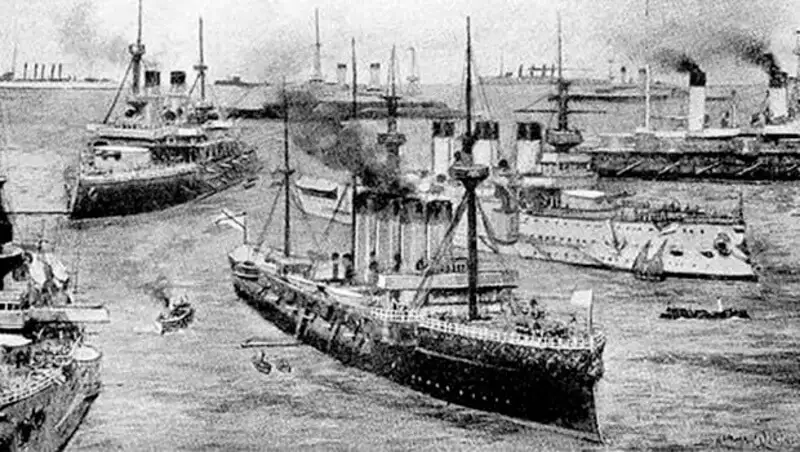
The Russo-Japanese War Officially Begins
Japan formally declared war on Russia on the same day it attacked Port Arthur, a key Russian naval base in the region. However, Russian leadership received notification of Japan’s intentions only hours after the assault had already begun.
Tsar Nicholas, reassured by his advisors that Japan would not dare challenge Russia militarily, was unprepared for this sudden move despite the prior collapse of diplomatic talks.
Notably, at the time, international law did not require a formal declaration of war before launching an attack. This requirement was only established after the Second Hague Peace Conference in 1907, two years following the end of the Russo-Japanese War.
Battle of Port Arthur
The Imperial Japanese Navy’s attack on Russia’s Far Eastern Fleet at Port Arthur was designed to neutralize Russian forces.
Under the command of Admiral Togo Heihachiro, the Japanese Navy deployed torpedo boats to strike Russian warships, inflicting severe damage on three of the largest vessels: Tsesarevich, Retvizan, and Pallada.
The following day, the Battle of Port Arthur officially commenced. Although much of Russia’s Far Eastern Fleet was sheltered within the harbor, the attacks rattled the Russians, who hesitated to engage in open-sea combat despite Japan’s failure to fully blockade the port.
However, Russian ships attempting to escape the harbor also suffered losses. On April 12, 1904, the battleships Petropavlovsk and Pobeda ventured out but struck mines shortly after departing. Petropavlovsk sank, while Pobeda returned to port heavily damaged.
Russia retaliated by deploying mines, severely damaging two Japanese warships. Nevertheless, Japan maintained the upper hand at Port Arthur, relentlessly bombarding the harbor area and exerting significant pressure on Russian forces.
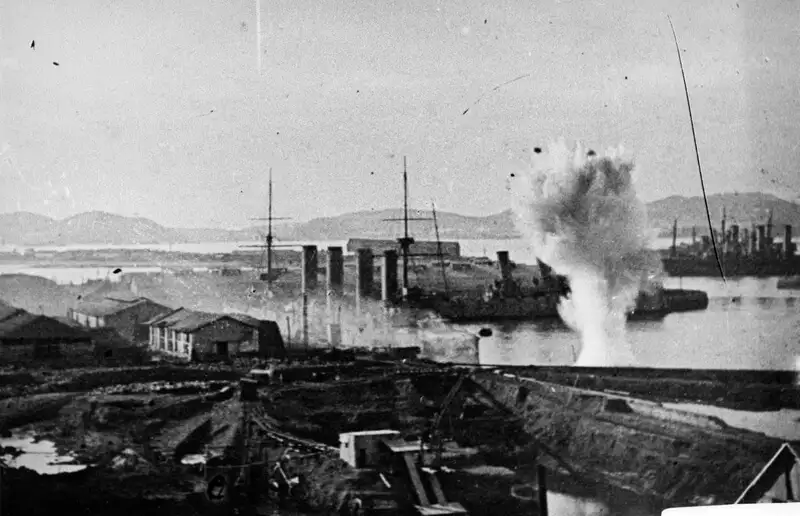
Battle of Liaoyang
After numerous costly assaults on Russian land fortifications, Japan’s persistence eventually paid off.
In late August 1904, Russian reinforcements sent from the north to aid the fleet at Port Arthur were repelled by Japanese forces in the Battle of Liaoyang. From newly captured positions near the port, Japanese artillery relentlessly shelled Russian ships anchored in the bay.
By late 1904, the Japanese Navy had sunk the entirety of Russia’s Pacific Fleet and secured strategic positions, including a hilltop outpost overlooking the harbor.
In early January 1905, Major General Anatoly Stessel, commander of the Port Arthur garrison, surrendered. This decision stunned both the Japanese and Russian commanders in Moscow, as he deemed the port indefensible after suffering heavy and humiliating losses.
The Japanese secured a significant victory in the war. Stessel was later charged with treason and sentenced to death, though he was eventually pardoned.
The Russian navy continued to suffer heavy losses in the Battle of the Yellow Sea, forcing the empire’s leadership to dispatch the Baltic Fleet to the region as reinforcements.
Russo-Japanese War in Manchuria and Korea
With Russian forces scattered and demoralized, Japan’s ground troops began asserting control over the Korean Peninsula after landing at Incheon (modern-day South Korea). Within two months, they had seized Seoul and the entire peninsula.
In late April 1904, Japanese forces began planning an assault on Russian-controlled Manchuria in Northeast China. In the first major land battle, the Battle of the Yalu River in May 1904, Japanese troops successfully attacked Russia’s Eastern Detachment, forcing them to retreat toward Port Arthur.
Sporadic fighting occurred during Manchuria’s harsh winter. The next major land engagement began on February 20, 1905, when Japanese forces attacked Russian troops at Mukden. Fierce combat raged for days.
Using tactics to outflank the Russians on both sides, the Japanese ultimately forced a complete Russian withdrawal. By March 10, after three weeks of fighting, Russia suffered heavy casualties and retreated north of Mukden.
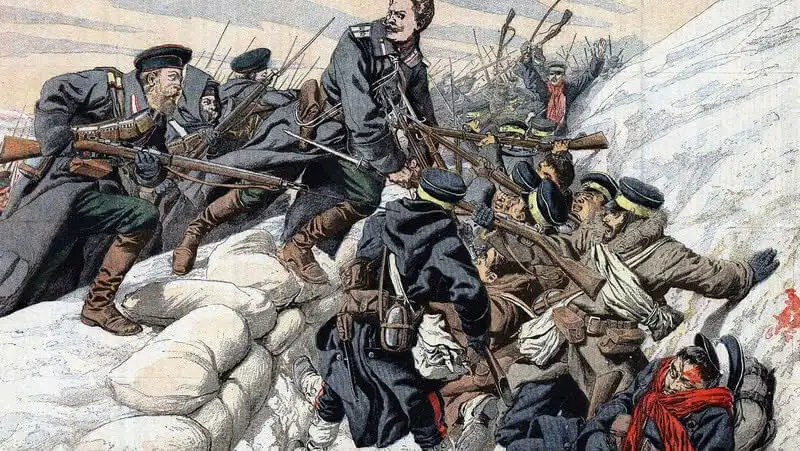
Tsushima Strait
Although Japan achieved a crucial victory at Mukden, it came at a steep cost. Ultimately, it was the navy that secured Japan’s triumph in the war.
In May 1905, Russia’s Baltic Fleet finally arrived as reinforcements after a nearly 20,000-nautical-mile journey—an immense feat in the early 20th century. However, they faced a formidable challenge crossing the Sea of Japan to reach Vladivostok, as Port Arthur was no longer accessible.
Russia attempted a nighttime passage to avoid detection, but the plan failed when their hospital ships lit up in the darkness, exposing their position to the Japanese. Once again, under Admiral Togo Heihachiro’s command, the Japanese Navy intercepted the Russians and engaged them at the Tsushima Strait on the night of May 27, 1905.
By the end of the following day, Russia had lost eight battleships and over 5,000 soldiers. Only three of their ships reached Vladivostok. This decisive victory compelled Russia to seek a peace agreement.
Treaty of Portsmouth
The Russo-Japanese War was an exceptionally brutal conflict, foreshadowing the global wars to come. Total casualties on both sides are estimated to exceed 150,000, with around 20,000 Chinese civilians also killed.
Many civilian deaths were attributed to the harsh tactics of Russian forces in Manchuria. Journalists covering the war reported that Russian troops looted and burned villages, and even raped and murdered women in the area.
The war concluded with the Treaty of Portsmouth, mediated by U.S. President Theodore Roosevelt in Portsmouth, New Hampshire, during the spring and summer of 1905.
Representing Russia was negotiator Sergei Witte, a minister in Tsar Nicholas’s government. Japan was represented by Baron Komura, a Harvard graduate. Roosevelt’s role in the negotiations earned him the Nobel Peace Prize.
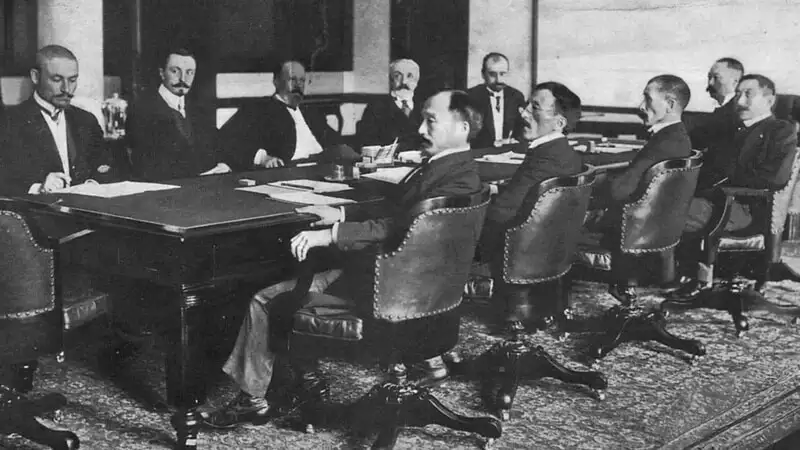
Consequences of the Russo-Japanese War
Although Japan emerged victorious, the cost was staggering, nearly depleting its national treasury.
This weakened Japan’s negotiating position more than anticipated. Under the treaty’s terms, signed on September 5, 1905, Russia ceded control of Port Arthur to Japan while retaining the northern half of Sakhalin Island off its Pacific coast (the southern half would fall to Russia after World War II).
Notably, President Roosevelt sided with Tsar Nicholas in refusing to pay reparations to Japan. This led Japan to accuse the U.S. of deceit, sparking days of anti-American protests in Tokyo. The incident later fueled Japan’s skepticism of U.S. involvement in Asian affairs, particularly in the lead-up to World War II.
Russia also agreed to withdraw from Manchuria and recognize Japan’s control over the Korean Peninsula. Five years later, Japan annexed Korea, a move with significant consequences during and after World War II.
Conclusion
The costly and humiliating string of defeats in the Russo-Japanese War left the Russian Empire demoralized, fueling public outrage against Tsar Nicholas II’s failed policies. The war became a catalyst for political unrest, ultimately contributing to the overthrow of the regime in the Russian Revolution of 1917.
Though regional tensions persisted, the Russo-Japanese War reshaped the global balance of power. It marked the first time in modern history that an Asian nation defeated a European power in military conflict. The war also signaled the beginning of military clashes between global powers in the Pacific region.
Translated by: Le Tuan
Source: history.com – Russo-Japanese War


